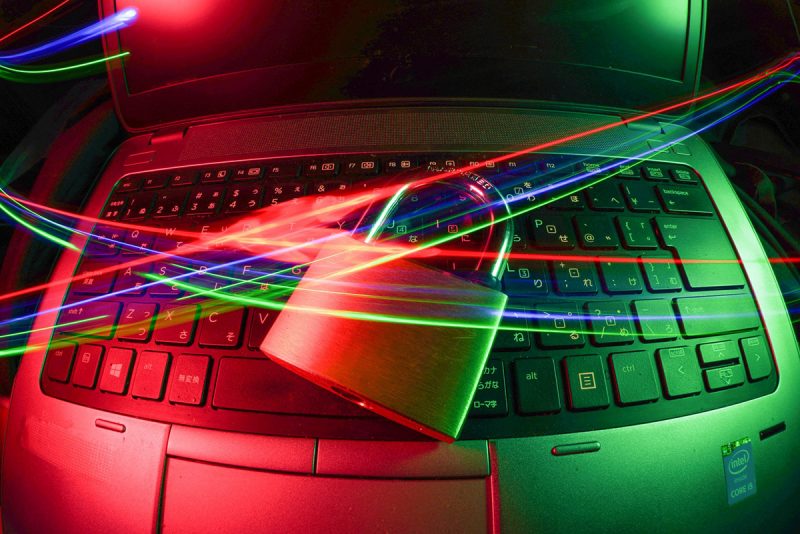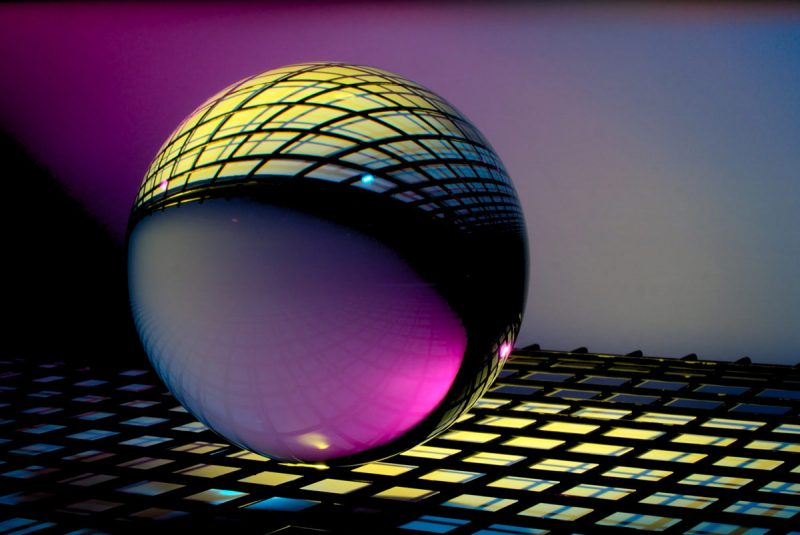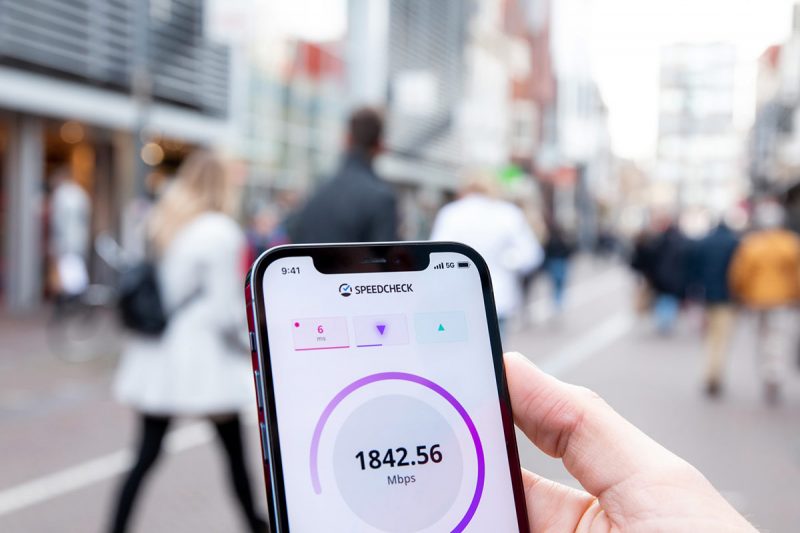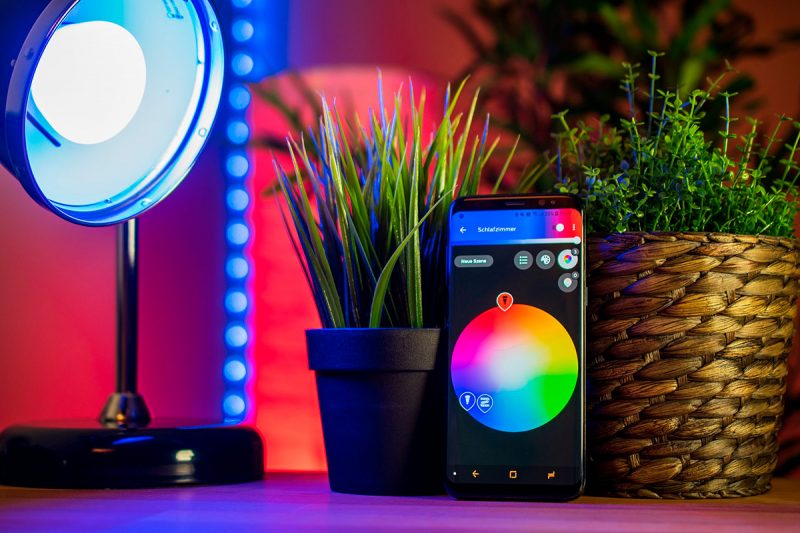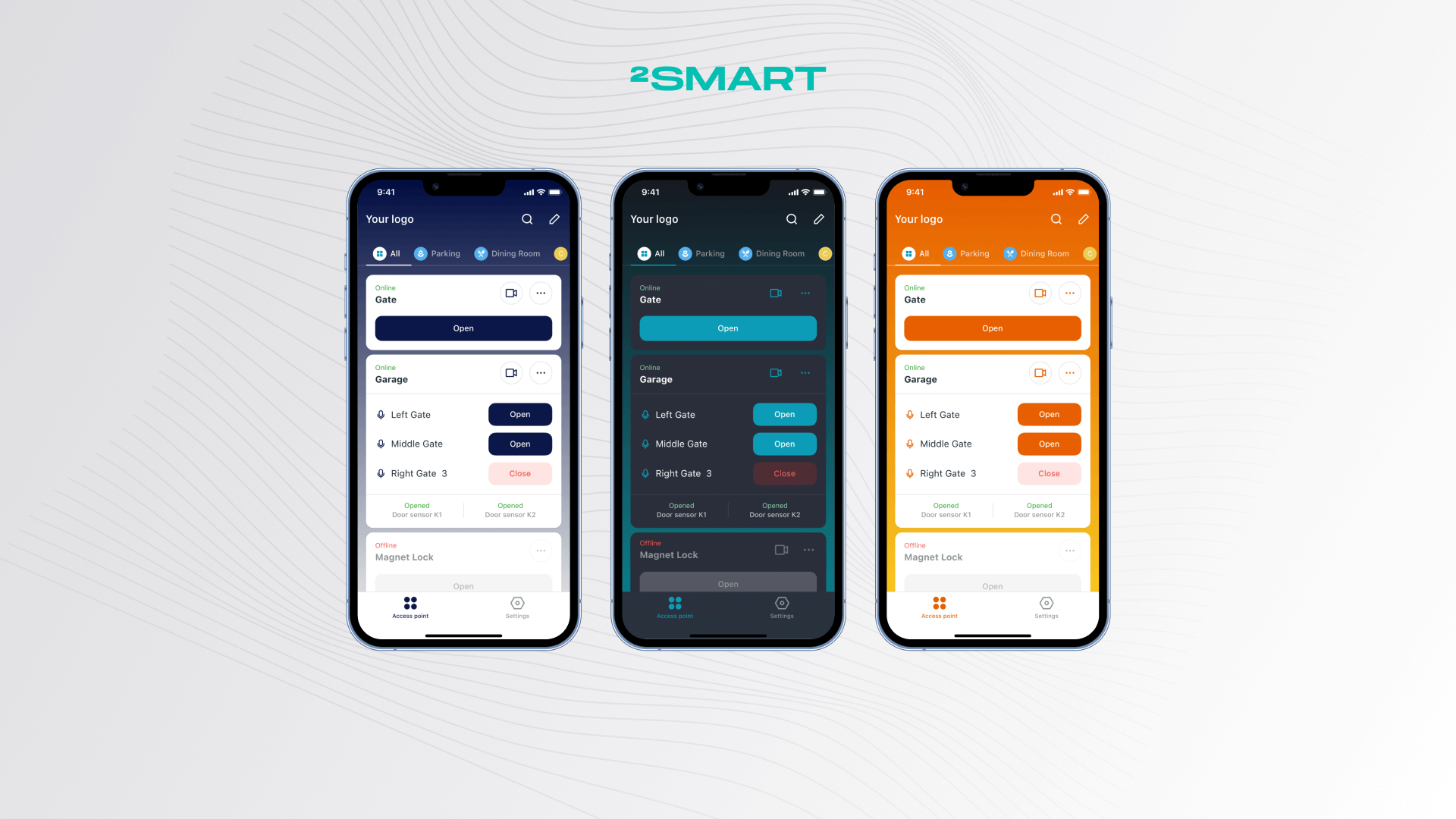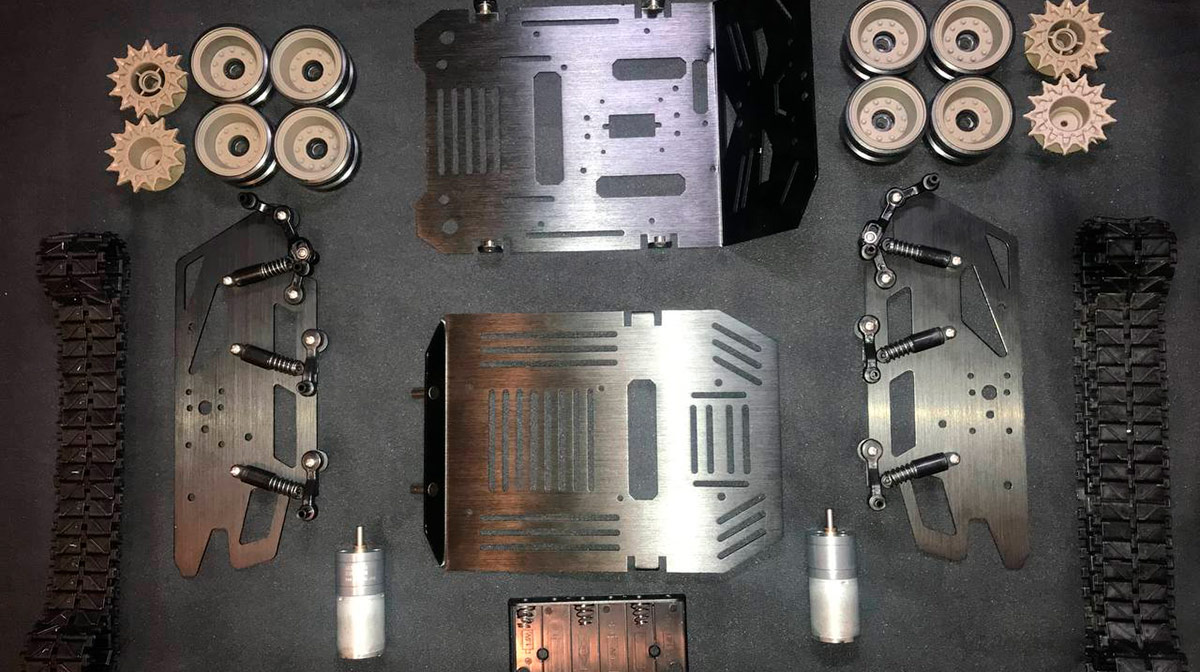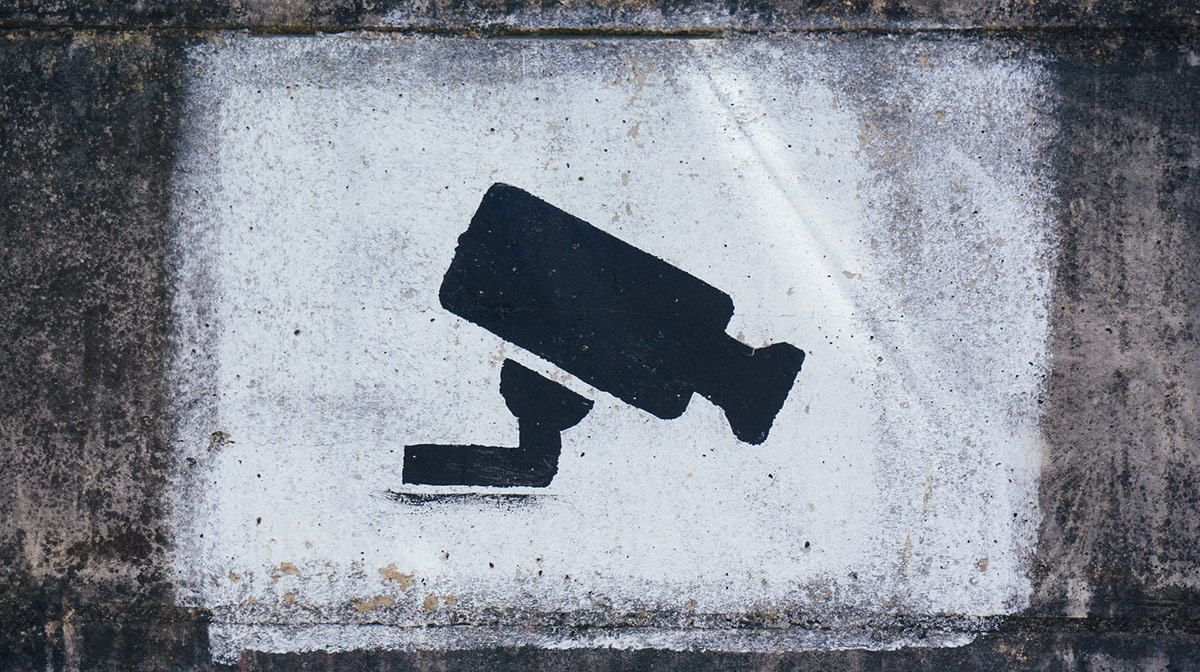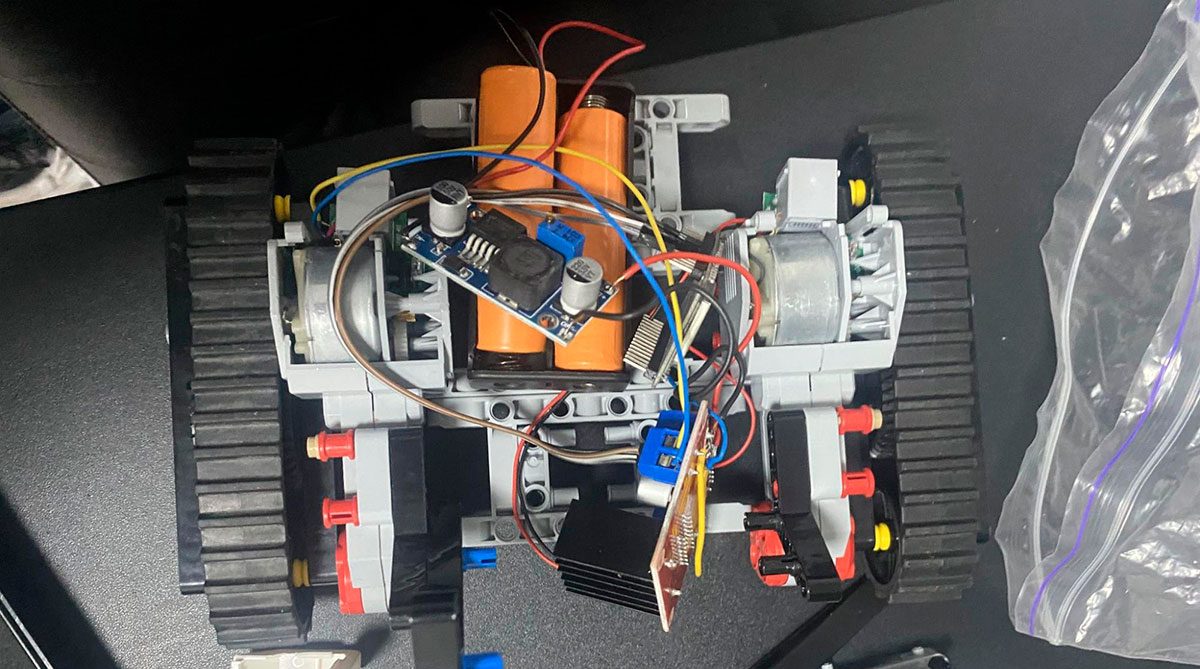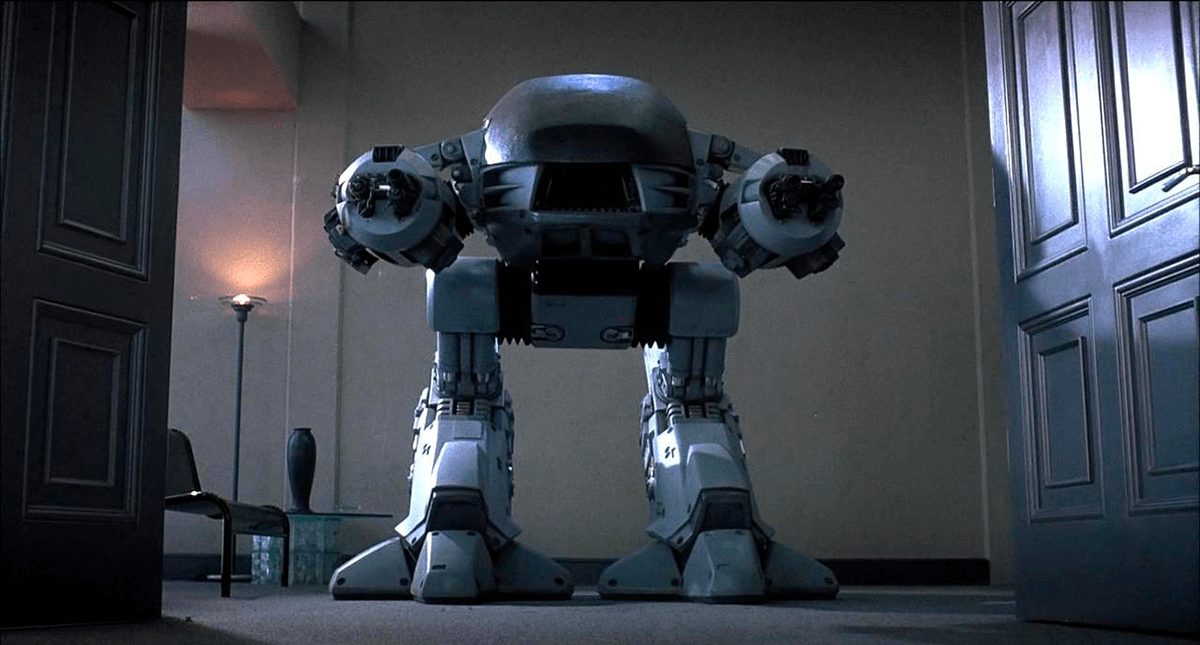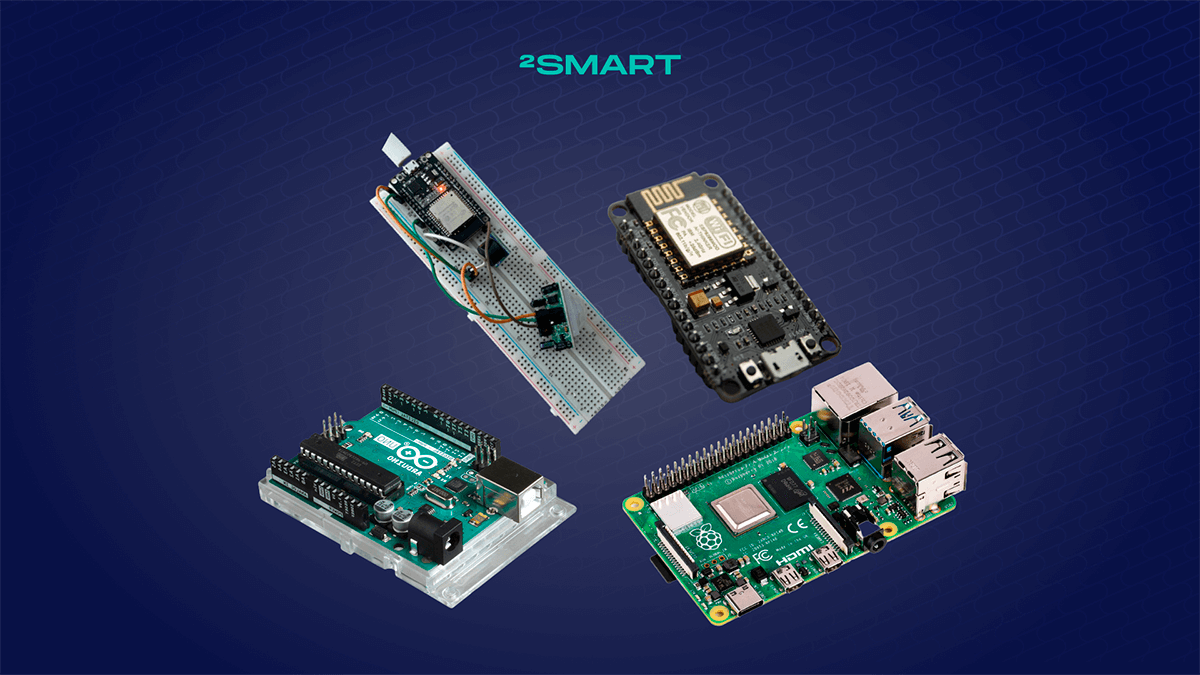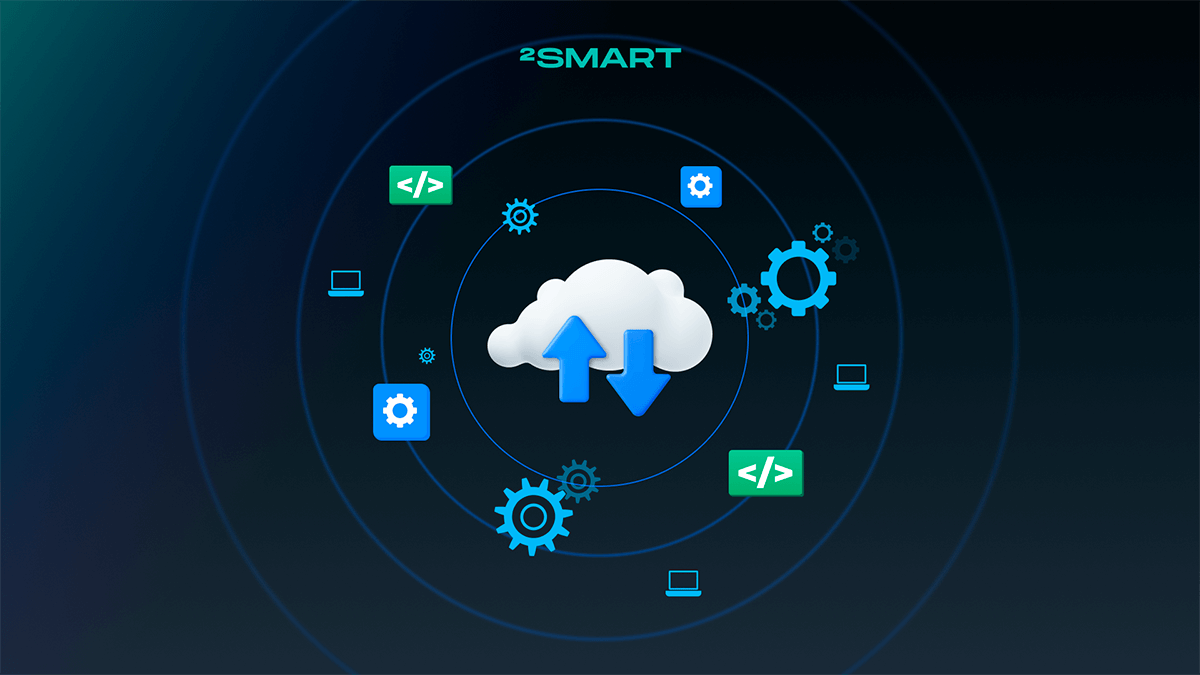Table of contents:
The Internet of Things continues to evolve, and in 2023 it is already significant enough to influence technology and society. However, from a historical perspective, we are still in the early stages of IoT construction, so the main trends in developing the Internet of Things are an urgent topic. These trends are especially relevant for those companies that are able to use these trends for their development and growth. Let’s take a look at five key trends of the Internet of Things in 2023.
What is the modern IoT market like?
Of course, the main trend of all recent years, which will undoubtedly continue in the coming years, is an increase in the number of connected devices. The Internet of things has a lot to grow, and even crises cannot prevent it. The shortage of semiconductors and the economic slowdown probably slowed down the extensive growth of IoT, but they could not stop it.
According to IoT Analytics, in 2021, the number of connected devices increased by 8% compared to 2020 and amounted to 12.2 billion endpoints. Eight percent for the year is good growth for the economy as a whole, but for the Internet of Things, this is a significant slowdown. In 2020, the growth was 13%; in 2019, it was 25%; in 2018, it was 31%.
In 2022, according to experts’ forecasts, a full-fledged recovery growth will begin. The number of connected devices will reach 14.4 billion by the end of the year, up 18% from the previous year. All these billions of endpoints will use such connection types as WPAN, WLAN, cellular, LPWA, 5G IoT, etc.
In 2023, it is expected to grow by 19.5% to 17.2 billion devices. In 2024, the market will increase by 26% to 21.7 billion endpoints. And in 2025, the growth will be 24.5%, and the number of connected devices will reach 27 billion units.
There are over 400 IoT platforms today, with the top ten accounting for almost two-thirds of the market.
Five top IoT trends in 2023
1. Cybersecurity Matters
Cybersecurity has always mattered, but the industry has no right to stop and use only the solutions that have been proposed in previous years. With the growing number of connected endpoints, new risks for business and private end-users are emerging. It is enough for just one IoT device to be compromised for all the machines associated with it to be at risk.
Here are the most common Internet of Things security problems:
- data leaks and breaches;
- malware, ransomware, DDoS attacks;
- software weaknesses due to poor development;
- outdated software;
- device mismanagement.
The cyber security trend, in turn, includes five key trends that are relevant in 2023:
- Legislation. States will increasingly enact specific laws and develop particular standards to regulate the production and use of IoT devices. The UK Product Security and Telecommunications Infrastructure (PSTI) Bill is a good example. With the advent of such laws, IoT developers and operators will be required to comply with specific security regulations.
- Cyber security software. The demand for such software will grow, including due to the legislative regulation of the industry. Therefore, software development companies will increasingly be engaged in special software for the Internet of Things cybersecurity.
- Password management software. Weak and default passwords have traditionally been one of the top security threats. Attackers easily overcome complex security systems if they can guess the password. Therefore, one of the trends today is using solutions to provide IoT credential management and eliminate the threat of using insecure passwords. The software used for these purposes, among other things, controls that the passwords in the system are periodically updated and consistently strong.
- Network security tools. Nothing new, but companies will continue to improve network security with more advanced firewalls, identity and access management products, remote access VPNs, and more.
- Proprietary cybersecurity strategies. Industry leaders will focus on developing their cybersecurity strategies to avoid risking their position.
2. IoT Bundles for Enterprises
Bundled solutions are one of the main trends in developing the Internet of Things today. This is quite natural, as IoT systems are becoming more and more complex, and it takes time, effort, and competence to implement them properly.
To understand why bundled solutions are so important, imagine how many elements need to be combined into a complete system to use IoT in business. Different sensors, equipment, data processing platforms, communication protocols, network technologies, and integration tools exist. The Internet of Things is complex, and this feature still hinders many companies’ adoption of IoT technologies.
Realizing this, vendors increasingly offer end-to-end solutions that help their enterprise customers implement IoT with minimal effort. Typically, an end-to-end IoT system consists of pre-installed components (communications, analytics, hardware, and software) in a user-friendly format. This makes it possible to start the project quickly.
The 2Smart Cloud platform offers the following ready-made features as a package offer for enterprise customers:
- Cloud platform with web applications for devices fleets management, with tools for telemetry and statistics gathering;
- White-labeled mobile applications with innovative, user-friendly remote control functions;
- Private cloud infrastructure setup and support with enterprise-grade security;
- Business consulting, creation, and testing of a prototype;
- Development of the production-ready devices and documentation.
3. Edge IoT
The Internet of Things traditionally uses cloud computing, one of the industry’s backbones. At the same time, using the cloud is still more of a forced measure rather than a necessity. Unfortunately, cloud services have disadvantages that sometimes become critical. First of all, we are talking about limited bandwidth and possible delays affecting real-time data processing. To get away from these shortcomings, the technology of edge computing was invented and continues to develop.
How is edge computing different from cloud computing? The difference is that the calculations are carried out on the device, not on a remote server.
What does cloud computing look like? Devices and sensors only collect data, sending it to the server for further processing. The result of data processing is returned to the device. Very often, information travels long distances, and delays are almost inevitable.
Edge computing is performed directly on the device that collected this data without sending it anywhere. This has been made possible by the fact that the computing power of IoT devices has increased enough to cope with the necessary calculations.
Thus, edge computing is decentralized. The data is processed on the same devices that collected it, without being sent to a central server. This approach provides the following undeniable advantages:
- bandwidth savings;
- no delays;
- better privacy and cyber security.
Edge computing is in many ways similar to another decentralized approach to data processing, namely fog computing. However, the difference is that fog computing transfers data from devices and sensors to fog nodes and processors. In some cases, fog computing suits businesses better than edge computing, so both of these decentralized data processing areas are important in the IoT industry in 2023.
Let’s collaborate
We’re empower your business with our technology expertise
4. Growth of 5G and Wi-Fi 6
Wireless communication technologies are one of the foundations of the Internet of Things. For connected devices to perform at their best, the connection needs to be reliable and fast. The undoubted trend in 2023 is the growth of fifth-generation networks, the use of which in IoT makes it possible to maximize its potential.
The 5G standard, which appeared in 2018, is becoming genuinely massive after four years, and the infrastructure of such networks is constantly growing. For the Internet of Things, 5G means the following benefits:
- low delay
- high speed,
- ubiquitous coverage,
- energy efficiency.
The growth of 5G will enable businesses to offer new services, especially those related to processing data from multiple sensors in real-time.
With 5G networks deployed across industries, enterprises can bring even more connected devices into their business processes and increase efficiency.
If 5G networks are ideal for using the Internet of Things in open spaces, then for indoors, there is an excellent alternative in the form of Wi-Fi 6. Adopted in 2019, Wi-Fi networks operating in the 6 GHz band can significantly increase the bandwidth potential of IoT technology.
Wi-Fi 6 networks can be deployed in industrial facilities or at home. Thus, powerful home IoT networks are available even to private users.
5. Smart Homes
By the way, if we mention smart homes, we should note that they continue to be one of the main trends in the development of IoT. The smart home industry has taken a new turn with the advent of Google Assistant, Amazon Echo, Apple’s Siri, and other digital assistants. Today, it is elementary to control home lighting, appliances, or home security systems using voice commands and automation scenarios.
Leader ecosystems like Google Assistant or Siri allow third-party services to integrate. So, for example, you can link your 2Smart Cloud account to them and get new options for managing your devices.
Experts’ forecasts regarding the prospects of this market are very optimistic. Mordor Intelligence experts are confident that it will grow by an average of 25% annually until at least 2025.
One of the main ways to develop the home IoT will be the focus on automation. Lighting, maintaining a comfortable temperature, watering houseplants, security, and other tasks will increasingly be handled automatically. Automation scenarios will be created either manually by users or using artificial intelligence algorithms.
An example of an automation system that already allows you to set up an advanced smart home today is 2Smart Standalone. One of the features of this system is the availability of many ready-made scenarios and the ability to create custom ones. Connecting various sensors and smart devices to the system allows you to customize your smart home flexibly. And integration with 2Smart Cloud will make it possible to manage it remotely.
To learn more about the 2Smart Standalone automation system, write to us at contact@2smart.com!
What is the result
This article has identified only five trends relevant to the Internet of Things industry today. They give an understanding of how this technology is developing and explain the dynamics of the number of connected devices, which we talked about at the very beginning. At the same time, of course, the development of IoT today is not limited to these five trends.
We must not forget about the industry’s fundamentals, which have already become artificial intelligence and big data. Getting information from sensors and devices is not enough; it is essential to be able to correctly interpret it and make the right decisions.
The more connected endpoints in the world, the more information they generate. Analyzing the obtained data is already a big challenge for traditional processing methods. Information from billions of devices becomes meaningless if it cannot be subjected to further processing. Artificial intelligence and big data make it possible to extract practical benefits from the collected data.
Is your company interested in implementing the Internet of Things? Contact 2Smart Cloud, and we will become your reliable partner in this area. See the Success stories section of our blog to learn more about some of the solutions we have already implemented!
Don't forget to share this post!
Read Next
Let’s dive into your case
Share with us your business idea and expectations about the software or additional services.

